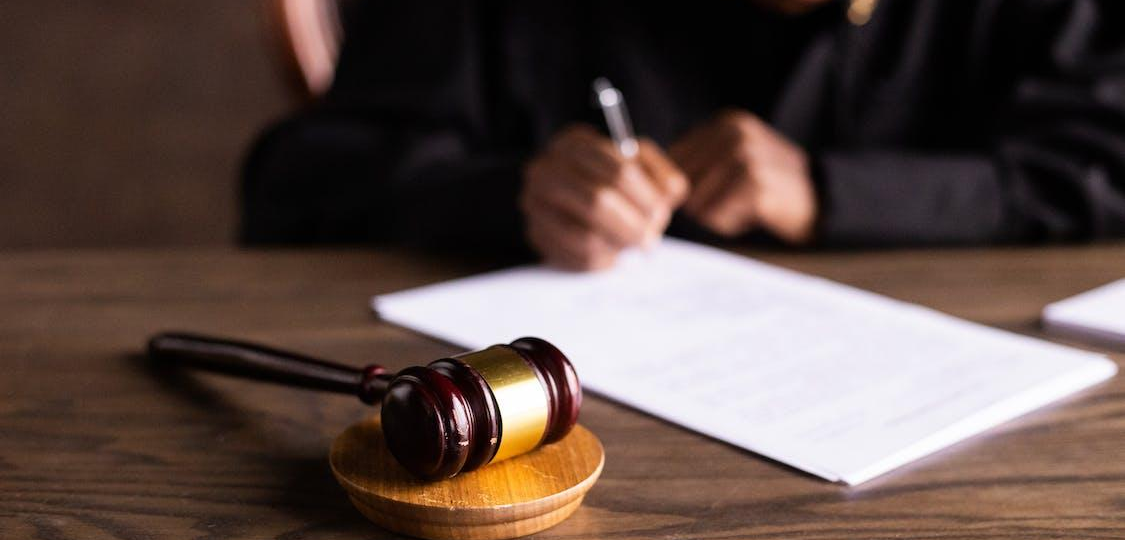
In the intricate landscape of legal disputes, civil litigation serves as the mechanism through which individuals and entities resolve conflicts. From personal injury claims to contract disputes, the journey from filing a lawsuit to its resolution involves a series of carefully orchestrated steps.
In this comprehensive guide, we will delve into the anatomy of a lawsuit, exploring the key stages and considerations that define the realm of civil litigation.
Stage 1: Pleadings – Initiating the Legal Battle
The journey typically begins with the filing of pleadings, where the plaintiff outlines their claims and the defendant responds. The plaintiff’s statement of claim sets out the facts, legal arguments, and the relief sought. In response, the defendant may file a statement of defense, challenging the plaintiff’s claims and presenting their own version of events. These foundational documents shape the battleground for the ensuing legal battle.
Stage 2: Discovery – Unveiling the Evidence
Discovery is a critical phase where both parties exchange relevant information and evidence. This process includes examinations for discovery, where each party can question the other under oath. The goal is to uncover the strengths and weaknesses of the opposing side’s case, laying the groundwork for strategic decisions as the lawsuit progresses.
Stage 3: Pre-Trial Conferences – Crafting a Path Forward
Pre-trial conferences provide an opportunity for the parties to meet with the judge to discuss the case’s status and explore settlement possibilities. The judge may offer insights, encourage mediation, or help streamline the issues for trial. This stage emphasizes the court’s commitment to fostering resolution before resorting to a full-blown trial.
Stage 4: Mediation – Seeking Common Ground
Mediation is a voluntary process where a neutral third party, the mediator, assists the parties in reaching a settlement. The mediator facilitates communication, identifies common ground, and guides the negotiation process. Mediation is a valuable alternative to trial, often resulting in a more cost-effective and timely resolution.
Stage 5: Settlement or Trial – Resolving the Dispute
As the case progresses, parties may opt for settlement negotiations or proceed to trial. Settlement discussions can occur at any stage, even during a trial. Resolving the dispute through settlement allows the parties to retain control over the outcome, potentially avoiding the uncertainty and costs associated with a trial.
If a settlement is not achievable, the case proceeds to trial. Here, both parties present their evidence, examine witnesses, and make legal arguments before the court. The judge then renders a decision based on the merits of the case.
Final Thoughts
A lawsuit is a multifaceted process, encompassing various stages and considerations. Whether you’re the plaintiff seeking justice or the defendant defending against claims, understanding the intricacies of civil litigation is crucial. As you embark on this legal journey, enlisting the expertise of a seasoned civil litigation lawyer can make a substantial difference, ensuring that each stage is navigated with precision and strategic acumen. Ultimately, the goal is to secure a resolution that aligns with the interests and rights of the parties involved, bringing closure to a chapter of legal contention.
Get Valuable Legal Guidance Through Out a Lawsuit with Nanda and Associate Lawyers
Receive valuable legal guidance throughout your lawsuit with Nanda and Associate Lawyers. Our team, including immigration lawyers, family lawyers, and litigation lawyers, offers comprehensive support in areas like spousal sponsorship, personal injury, closing costs, brain injury, and more. Trust our expertise for a seamless legal journey. Contact us today.






